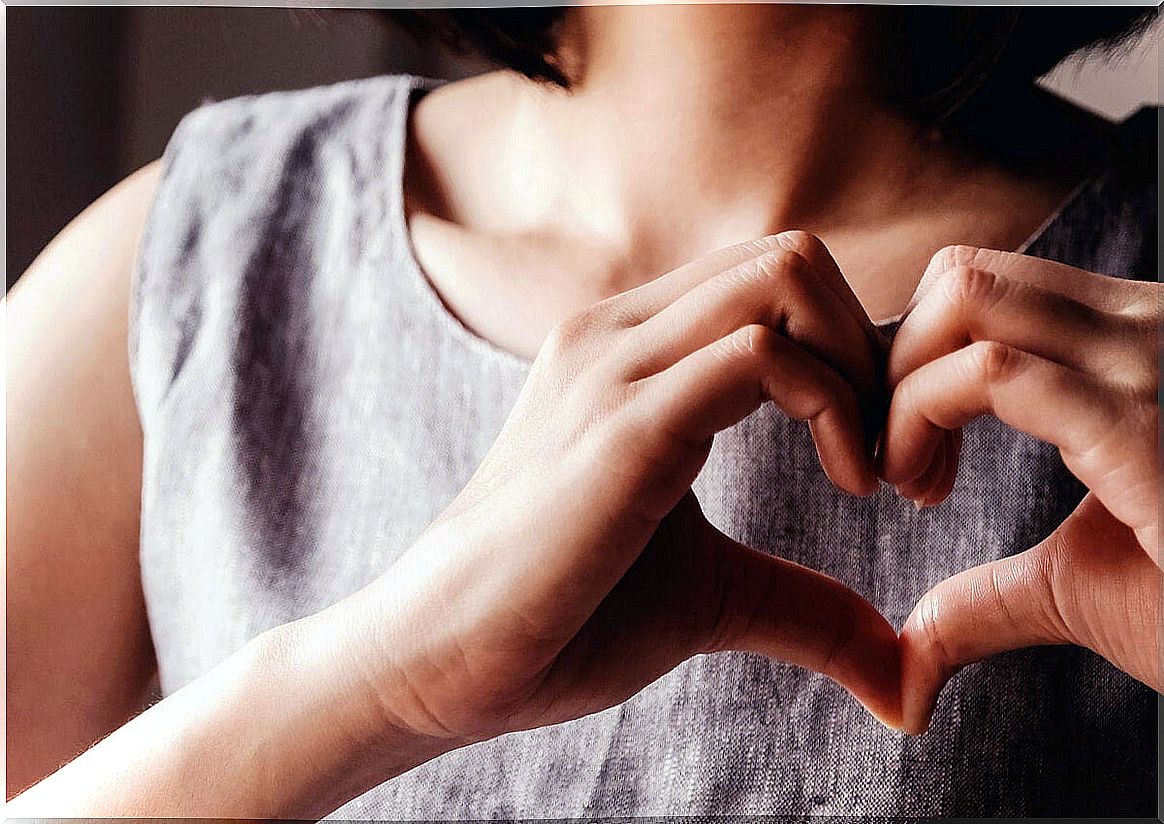Self-pity And Victimhood, Like Diamond And Coal

Self-pity and victimhood are, in principle, two very similar concepts. However, as you delve into each one, it is clear that they turn out to be almost opposites. While self-pity is a form of awareness with one’s own self, victimhood is an imposture that seeks to manipulate others.
It is true that self-pity and victimhood have in common the fact that they are behaviors directed towards oneself and that they take personal suffering as their central content. Despite this, the purpose sought by each of these behaviors is very different.
Likewise, in both there is a recognition of one’s own vulnerability and the purpose of validating a feeling of lack or fragility. Even so, self-pity and victimhood have very dissimilar effects and consequences, both in those who experience them and in their environment.

Self-pity, or sensitization to one’s own pain
The word compassion is often given a pejorative meaning. Their function is thought to be to minimize the other. However, feeling sorry or sorry for someone, including yourself, is sometimes seen as a sign of weakness or giving up. It is also associated with strictly passive behavior.
However, self-pity in essence has to do with acknowledging your own suffering and showing solidarity with it. It is not about “licking the wounds” or “rejoicing” in them, but about accepting that some form of emotional pain is present, allowing ourselves to experience it and giving ourselves time to understand it.
In reality, self-compassion is a way in which self-love is expressed. It implies self-respect and active concern for our emotional state. Although it is an internal process, it is not passive, but reflective and, therefore, very dynamic.
Victimism, an imposture
Victimism, for its part, plays a role as a smokescreen. Through this type of behavior, it is sought to evade personal responsibility in the face of one’s own suffering. You do not want to understand it, but use it to justify yourself and, incidentally, blame others for the pain you feel.
That is why victimhood is spoken of as an imposture. Although suffering may be real, it is nonetheless magnified because at some point it has been discovered that it can function as deception, as tallow for secondary gains such as consideration of others and even certain privileges.
Victimism is also used as a means to support or argue persistence in mistakes. It is an attitude and a behavior in which pain becomes a pretext even to harm others. Likewise, it is used to avoid being questioned and to demand special or privileged treatment from others.
Self-pity and victimhood
As you can see, self-pity and victimhood have two very dissimilar logics. The most relevant difference between them is that the first constitutes an authentic feeling, while the second constitutes an artifice that is used for convenience, although whoever does it is often not aware of this.
Other differences between self-pity and victimhood are as follows:
- Self-compassion promotes; victimhood, stagnant. The first helps to understand and evolve; the second becomes a fixed structure.
- Reaffirmation and falsification. Self-compassion leads to reaffirming one’s feelings; Victimism overstates or falsifies one’s own pain.
- Authenticity and handling. Self-pity leads us to be more genuine, more ourselves; victimhood is an attitude that is used to manipulate others.
- Generosity and selfishness. Being understanding of our own pain leads us to better understand the pain of others and to be more empathetic; victimhood is a selfish way of dealing with suffering.

The resilience
To turn suffering into learning and an opportunity for growth, you need to understand it first. Self-compassion helps us in this process, being especially useful in dealing with pain. On the contrary, when that process is unsuccessful, one falls into victimhood.
On the other hand, there is also that attitude, so fashionable in today’s world, according to which the ideal is to go over pain as if nothing was happening. In this paradigm, strong would be the one who is able to ignore or minimize his own suffering and can move forward, without major problem.
This apparent toughness does not usually have constructive effects. Both suffering and happiness are states that must be fully experienced in order for them to truly leave a mark. You cannot build resilience by ignoring or turning your back on pain.









